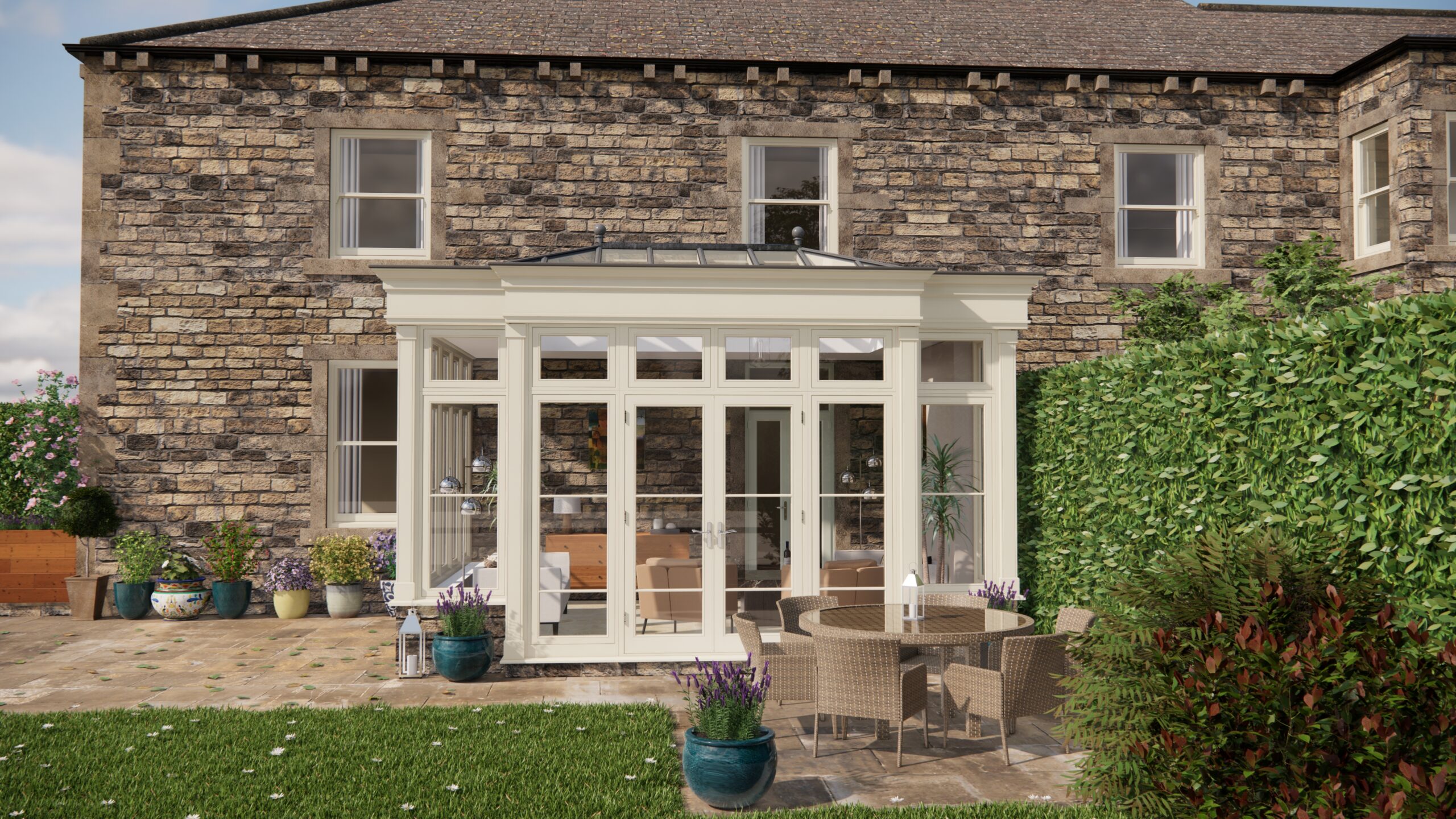Right, let’s dive into creating a truly calming and effective wellness space, specifically thinking about those gorgeous orangeries and sunrooms we’re seeing more and more of. I recently had a cracking chat with Leo, a sound therapist and keen home-exerciser, about how to transform these bright, airy spaces into havens for both relaxation and invigorating workouts using, believe it or not, sound. Think less gym blare, more zen zone.
“For me, it all starts with intention,” Leo began, settling back with a cuppa. “What do you want to feel in your sunroom? Is it a tranquil space for yoga and meditation, or a more energising zone for a HIIT workout? The soundscape needs to match that.” He was spot on. A generic pop playlist wasn’t going to cut it for either.
Nature’s Symphony: Bringing the Outdoors In
Leo’s first recommendation was embracing natural sounds. He explained how easily we could create a really calming environment just by focusing on bringing nature indoors. To be fair it made total sense when I really considered it.
“Simple things make a massive difference,” he said. “Think about a small indoor water feature – even a tabletop one. The gentle trickle of water is incredibly soothing. You can get some really stylish ones that look great too.” He also suggested playing recordings of natural soundscapes. “Birds chirping, gentle rain, waves crashing… they’re all fantastic for reducing stress and promoting relaxation.” You can easily find free, high-quality recordings on apps like Spotify or YouTube. He recommended searching for “nature sounds for sleep” as a starting point – many of these are perfect for a sunroom setting.
To actually implement this, consider the acoustics of your sunroom. Hard surfaces can reflect sound, making it feel echoey. Soft furnishings like rugs, cushions, and even plants can help absorb sound and create a warmer, more pleasant environment. A strategically placed bookshelf, filled with your favourite reads, will also act as a sound buffer.
Curated Soundscapes: Tailoring Music to Your Activities
Beyond nature sounds, Leo emphasised the importance of curating specific playlists for different activities. “For yoga or meditation, aim for ambient music with minimal lyrics and a slow tempo. Think instrumental pieces, Tibetan singing bowls, or even binaural beats.” He suggested searching for playlists specifically designed for mindfulness or relaxation. “There are tonnes available, so experiment and find what resonates with you.” For me, that meant steering clear of anything too ‘new age’ and finding something with a bit more depth.
For exercise, Leo suggested something more upbeat, but still mindful of the overall ambience. “Avoid anything too aggressive or jarring. Instead, opt for instrumental electronica, chilled house music, or even upbeat acoustic tracks. The key is to find something that motivates you without creating a sense of stress.” It’s about creating energy, not anxiety!
He explained how you should experiment with different genres and tempos, paying attention to how your body and mind respond. A simple exercise is to try a playlist for a week then move on to another and observe the differences. You’ll find that some playlists work better than others for your individual needs.
Integrating Sound: Technology and Placement
When it comes to actually playing your soundscapes, Leo stressed the importance of quality over quantity. “You don’t need expensive speakers, but invest in something that produces clear, balanced sound. Poor quality audio can actually be more distracting than helpful.” Consider a portable Bluetooth speaker that you can easily move around your sunroom, or even a multi-room audio system that allows you to control the sound from your phone.
The placement of the speakers is also crucial. “Avoid placing them directly in corners, as this can create unwanted reflections and distortion. Instead, try positioning them at ear level, facing inwards, to create a more immersive and balanced sound field.” Experiment with different placements to find what works best for your space.
Orangeries: Enhancing the Experience
Leo also highlighted how the very structure of an orangery or sunroom can enhance the wellness experience. “The natural light is already a huge bonus. Sunlight is proven to boost mood and reduce stress. Combine that with a carefully curated soundscape, and you’ve created a truly transformative space.” He suggested incorporating plants into the design, not just for their aesthetic appeal, but also for their sound-absorbing properties. “A living wall, for example, can act as a natural sound barrier, creating a more tranquil environment.”
By thinking carefully about sound, you can create a sunroom or orangery that’s not just beautiful, but also a genuinely restorative and energising space. From the gentle trickle of a water feature to a carefully curated yoga playlist, the possibilities are endless. So, take some time to experiment, find what works for you, and transform your sunroom into your own personal wellness sanctuary. Remember to focus on your desired mood and then consider how sounds can support that.


